Developing custom software is not a small task, and to be honest, the cost of developing custom software can be daunting. Don’t let your accounting problems get in the way of completing quality software projects with a reputable and experienced team.
Many budget-conscious companies have taken advantage of customized software solutions to take their business to new heights. You have to think about how some factors like technical feasibility, design, and complexity can increase or decrease the cost of software development. By doing this, you can estimate how much you will spend on the total project and decide the cost-cutting factors.
Realistic budgeting is essential for completing a custom software development project, whether you are designing software for internal use or custom software applications for marketing and sales.

Factors to Consider When Creating Budget for Software Development
Not every software project is the same, and each project comes with its requirements which ultimately determine the cost of developing the software. Have a look at some of the factors to consider when accounting for your next custom software development project:
1. Size
Think of your software project like a shopping cart. A cart full of goods will be more expensive than a cart with one or two things. In software development, each item in the shopping cart represents a screen. The more screens you add to your cart, the higher the development cost.
So, what is a screen? The screen is what the user sees while interacting with your software application. It can be the home page, open menu, popup, etc. While some functions are often integrated into your mind, they may require more work and money than expected because they require additional screens to display to the user.
For example, the login page and the password change page are usually thought of as parallels, but the truth is that they are two different screens with entirely different functions. So, both will come with their price tag.
2. Complications
Your screen will have different features. and these features determine the project’s complexity. The more complicated your application, the more you need to consider the technical feasibility.
3. Design
Whenever people hear the word design, they think of how satisfying it is to see. The design carries more weight. When creating a budget for development expenditure, you will hear “UI / User Experience Design.” This type of design focuses on making the software easy to use and engaging while maintaining technical feasibility.
When discussing UI / UX design, one has to consider many things, from the colors used on the screen to the placement of the buttons. The more complex your plan, the higher will be the cost of software development.
Suppose your software development team can use a library or a template or take advantage of applications they’ve created in the past. In that case, you can get a variety of design elements at the lowest cost.
Supported Platforms
When estimating the cost of custom software development at an early stage, depending on the type of software application and for what purpose it will be used, you will also need to consider how many platforms your new software will run on. For example, if you want to build your mobile app, do you want to run it on Android, iOS, or both?
Ask yourself the following questions:
- How much or what platform should your software be compatible with?
- Will you use this software for internal use, or will you market it to other companies or users?
- Will you use software products on the desktop, or will they rely on the web?
Web development, desktop app development, and mobile app development come with their own set of skills and challenges, so the answers to these questions will appear in your development costs and should be discussed with your team.
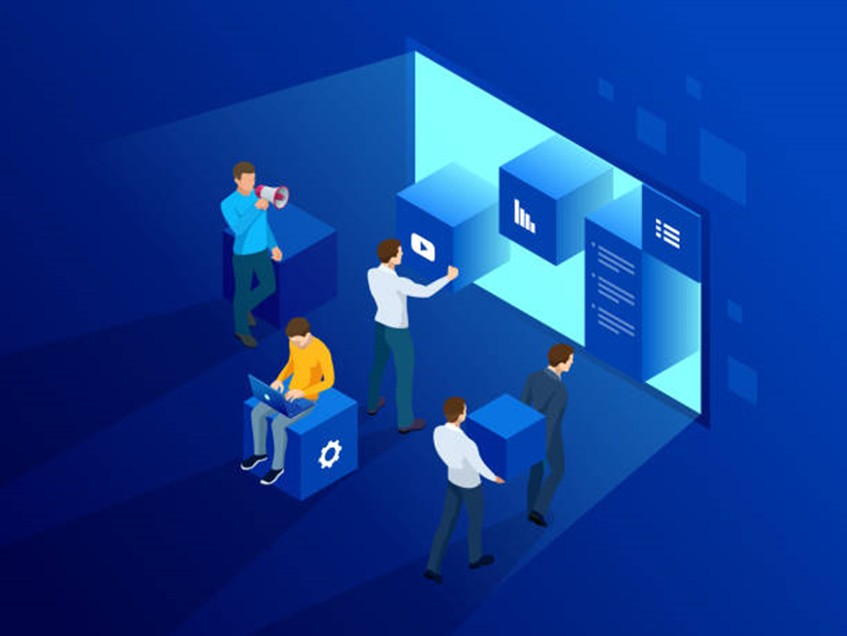
Development Team
As you might expect, the more people in your custom software development team, the higher your software development cost. Upon implementing the new software, you will pay for the time and talent of each developer, project manager, and analyst in the team.
But developers will ensure that your software acquires technical feasibility at each stage of the project and help you make informed decisions. When considering development teams, you have different options:
In-house Development
Depending on the employees currently on payroll and their skill set, an in-house development team may be a more profitable option for your company. If you already have the required team members, you will not see the additional cost of bringing new employees on board. In addition, if you are designing software in-house, you can benefit from an in-house team because they already know the internal affairs of your business.
The downside of an in-house team is that hiring new staff can be very costly and increase the time and the cost factors around hiring and training.
Outsourcing
If an in-house team can’t do the task for you, outsourcing is your best option. By outsourcing the custom software development process, you bring in a dedicated team with the skills and knowledge needed to deliver precisely what you want. For example, if you are considering building a web-based application, you might want to look at companies that specialize in web development.
The cost of software development with an outside team might be a bit high, but you will have to pay less in the long run. Instead of paying full-time annual salaries and benefits, you can hire a development team for as long as you need and pay just what you want.
So, outsourcing may seem more expensive at the outset, but it will give you future cost savings and higher quality software applications.
Ongoing Maintenance
Even after announcing the completion of your custom software development project, it is not actually done. That’s the thing about custom software development it is never completed. Whether you want to add more features, simplify operations, or update it based on user feedback, constant maintenance of your software is essential if you want it to be beneficial for your growing business.
However, it is essential to note that ongoing maintenance can vary greatly depending on you and your developer team. Communication is essential, and success will depend on the transparency and partnership of teams and the payment model you choose.
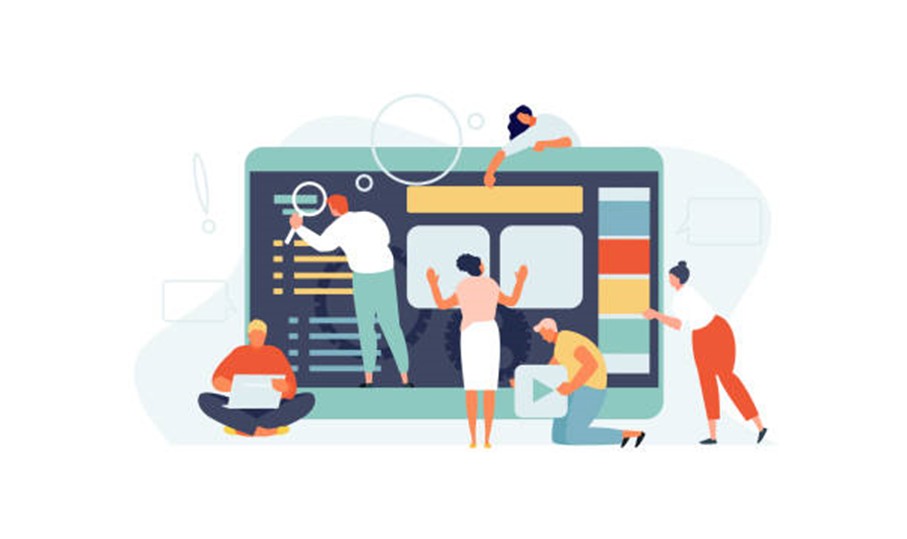
Payment Form
In software development, there are two main methods of payment that you usually choose:
- Fixed Price
- Time and Materials
Furthermore,
- Which payment method is best for you will depend on your goals?
- As time goes on, will you prefer to pay by the hour or pay a lump sum?
- What is your style of communication?
- How much do you want to participate in the project?
- How strict are your deadlines?
The answers to all these questions can help you decide which model is best for your business.
Fixed Price
The fixed price works as you expect. You pay a lump sum for your custom software development needs, including the hourly cost of the developer’s time and resources used to complete the project.
You give the development team the exact features and design you want, and you achieve that within the time you agree. And since little involvement is required during the custom software development process, this may be a good choice if you have fewer working resources for supervision and close cooperation.
The biggest shortcoming of the fixed price model is the lack of flexibility. If you decide to add or remove features from your software at any project stage other than planning, it won’t be easy to do so.
Time and Materials
The time-and-material model is entirely different from the fixed-price model. Instead of paying a lump sum, you pay a fixed amount for each hour spent on the project and all the resources used to complete it for software development costs.
This type is beneficial when you can’t accurately estimate the time to develop an app.
The biggest drawback of this model is the budget. Without any limitations on the contract budget, any scope creep will lead to budget increments. Even if you don’t realize it, which leads to an unhappy accounting team.
It also requires more supervision and effort on the part of the client. If your budget is tight and you don’t have the resources or time to spend on a project, time and materials may not be the best model for you.
The Approach from Integrative Systems
At Integrative Systems, we implement the best practices in the development process. We understand that your budget is essential, so we value communication to build a lasting partnership.
That’s why we help you determine the project’s scope that fits your budget before any work starts. Also, we will help you decide what features are needed to meet the needs of your business and what more we can offer.
At Integrative Systems, we believe in partnerships that help you get the best return on investment for your custom software.
In case you have any queries or have any project in mind, feel free to connect at us at [email protected].



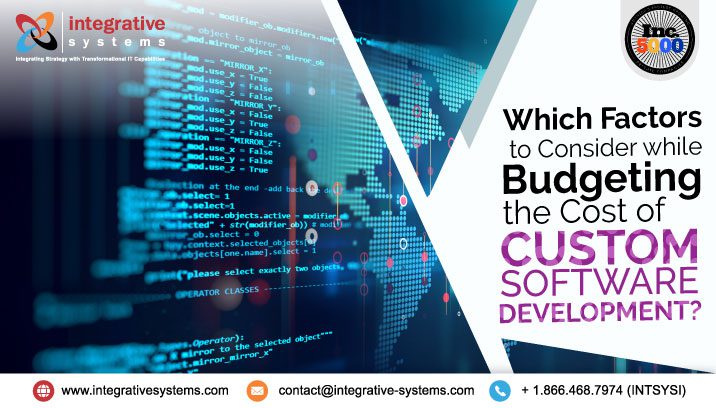
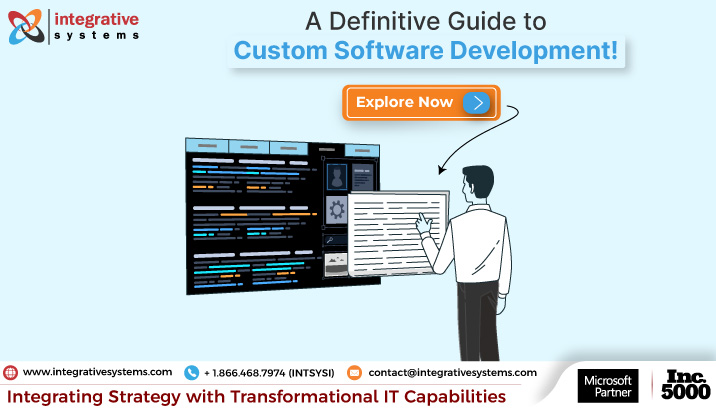
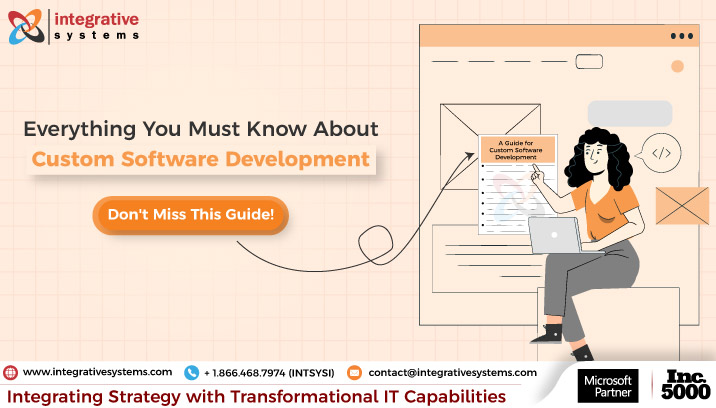
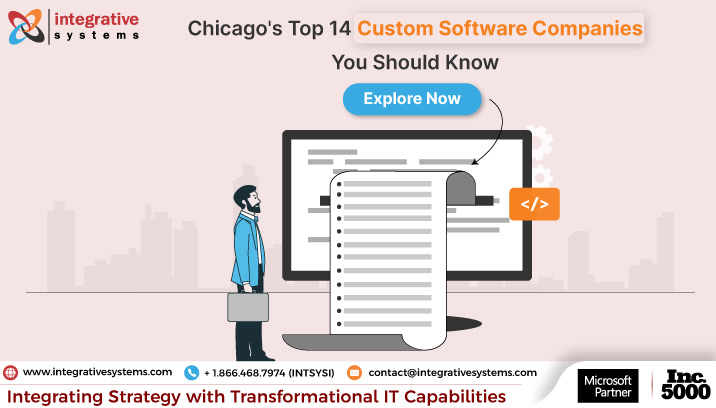
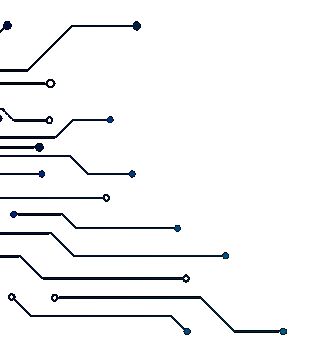



One Reply to “Which Factors to Consider while Budgeting the Cost of Custom Software Development?”
Botree technologies
This is a great article – especially the part where you introduce how things are changing so fast and how we need to adapt. Your insights have given me a new understanding of the topic. Highly appreciate you writing this article.